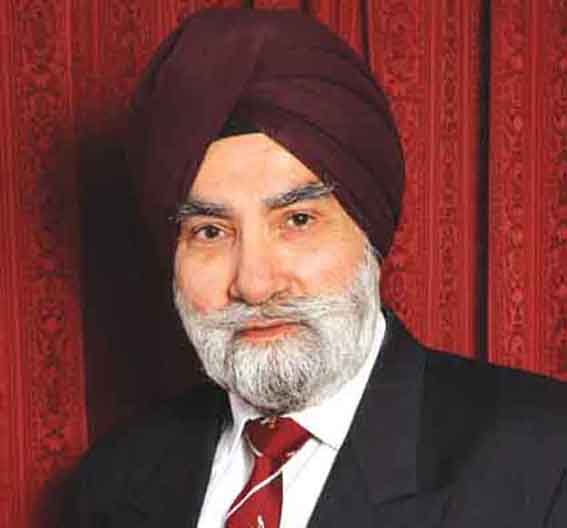World Facing Nuclear Threat

President Putin is seeking to return Russia to its old glory and geo-political influence when it led the Republic of Soviet Socialist Republic or the Soviet Union. A sequence of events beginning with the demolition of the Berlin Wall in 1990-91 marked the beginning of the end of the Soviet Union which was replaced by 15 independent countries: Armenia, Azerbaijan, Belarus, Estonia, Georgia, Kazakhstan, Kyrgyzstan, Latvia, Lithuania, Moldova, Russia, Tajikistan, Turkmenistan, Ukraine, and Uzbekistan.
As a result. the world is facing the most serious crisis since World War II. The North Atlantic Treaty Organisation (NATO) meeting in Madrid on Wednesday 29 June, 2022, approved a new Strategic Concept. It is a response to Russian aggression and the systemic challenges posed by China and the deepening strategic partnership between the two countries. The NATO alliance formed after World War II, has now defined Russia as the most significant and direct threat and, for the first time addressed challenges that Beijing []]China] poses toward the security, interests and values of NATO countries. The alliance has promised to boost support for Ukraine as it defends itself from the Russian invasion. Nato will increase its rapid reaction force in Europe from 40,000 soldiers to more than 300,000.
President Putin has reminded the West that Russia is a nuclear power. Some experts see this as an attempt to create a sense of fear while others see this as a real threat if Russia starts losing the war with Ukraine which is fully supported by the 30 NATO countries except for direct use of NATO defence forces. Meanwhile Sweden and Finland await confirmation of their NATO membership.
Thus, so far, Russia has achieved the opposite of its geo-political objective unless it was limited to the Donbas region. War strategists believe that Russia, in certain conditions, might be tempted to use a smaller tactical weapon in Ukraine as a game changer to avoid defeat. Strategic nuclear weapons are long range while tactical nuclear warheads can be used over short distances as battlefield weapons. Russia has about 2,000 such warheads which can even be fired as artillery shells on a battlefield or delivered from planes and ships. Russia may not see their use as crossing the red big nuclear line. However, as experts warn, Russia is close by and nuclear fallout can cross boundaries!
No one knows where the use of tactical nuclear weapons would lead to. It could escalate and Putin would not want an all-out nuclear war. However miscalculation is always a risk and Putin would be wrong to assume that NATO would not respond in kind.
It may be argued that having achieved one of its objectives in Ukraine, which was the capture of the Donbas region and connecting it with Crimea, Russia would negotiate peace. However, Ukraine, backed by NATO may not agree to that and the war can drag on for months if not years. Much war damage has already been done. NATO could have own tactical reasons for prolonging the war to see the process of an emerging world economic and defence order complete itself.
The world is going through a most uncertain phase in history.
*Note: One source gives countries with nuclear weapons as: Russia - 6,255 US 5,550 China 350 France 290 UK 225, Pakistan 165 India 156 Israel 90 North Korea has material to build 40-50 nuclear warheads.
Gurmukh Singh OBE
Principal Civil Servant Retd